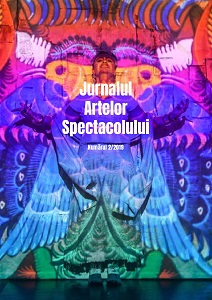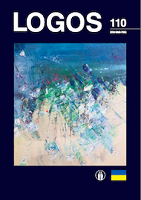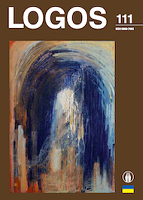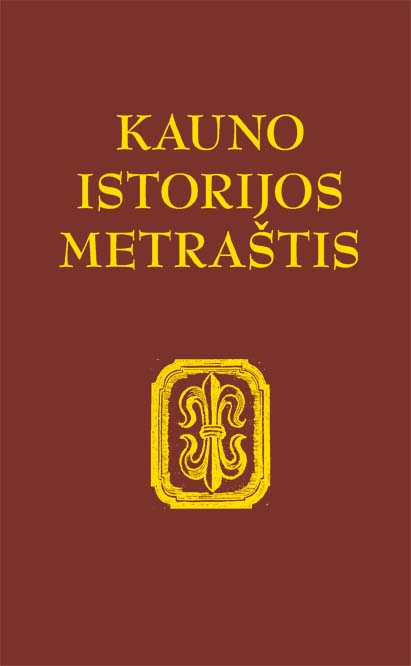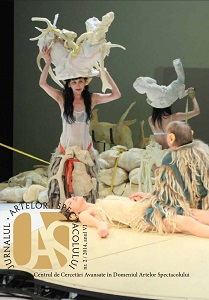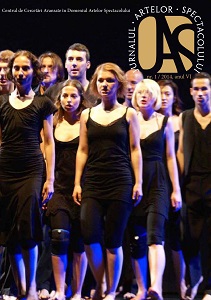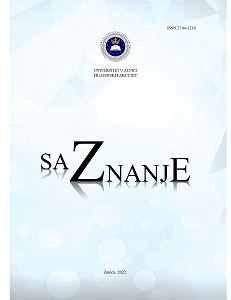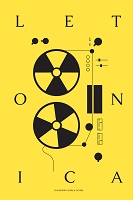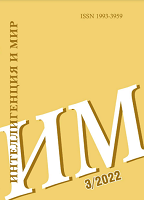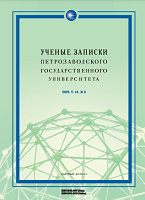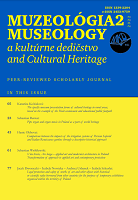Author(s): Dita Rietuma / Language(s): English
Issue: 46/2022
Co-productions have been a very important instrument in the development of the European audiovisual sector and in the cross-border circulation of European films since the beginning of the 1990s; the relevance of this topic was highlighted in 2019 by creating the document Council Conclusions on Improving the Cross-border Circulation of European Audiovisual Works with an Emphasis on Co-productions. ‘A large proportion of films produced in the EU are European co-productions and point to the advantages of co-producing, namely the possibility to reach larger audiences and markets than national films and to benefit from more financing sources, including public funding. Furthermore, co-productions [...] build bridges between different geographic and linguistic areas and contexts, having positive effects on both majority and minority co-production partners and on the entire audiovisual sector.’ (The Council of European Union 2019). Since the European audiovisual sector is characterized by geographical and linguistic differences, which cause market fragmentation, co-productions may foster international circulation and distribution of films, promote the production and distribution potential of national cinemas and increase the competitiveness of national film industries. This stance is confirmed by data from the European Audiovisual Observatory — co-productions of a European scale have three times larger audiences than films produced in a single European country. It should be noted that, in 2019, 1881 films were made in the European Union, 1135 (60%) of which were feature films. 20% of the films produced in Europe during that year were co-productions (European Audiovisual Observatory 2020). In present-day Europe, co-productions by several countries are not only creative, but also a legally framed project, where a balance must be struck between the filmmakers’ creative vision, film producers’ interests, and the share of financial contributions by various countries. To attract public funding for the production of a film in several European countries, project applicants (usually film studios) have to convince the experts of the potential of the conceived film, the compliance of the fundraising with international regulations, as well as detail the creative contribution of each participating country — representatives of various professions who will participate in the film project. This is one of the decisive criteria in the assessment of film projects by various European funds (Rietuma 2021: 111). At the same time, co-productions are regarded as an important form of international cooperation in the film industry, important for the development of national film industries as well as for a wider distribution of the films. In order to understand co-production practices in present-day European cinema, a brief historical overview is needed, outlining the experiences of international cooperation in the Latvian film industry in a broader historical context. At the beginning of the 1990s, the socio-political changes and the restoration of Latvian independence also marked significant changes in the film production and funding system. The Latvian film industry, from being centrally financed and organized according to a planned economy during the Soviet occupation, when films were made in the only state film studio (Rīga Film Studio), became an open and democratic system. Since then, filmmaking has been in the hands of small studios — creative groups. The way in which funding was attracted for filmmaking changed: instead of the previous Soviet institutions, which had centrally ensured the financing of films, new institutions where created, the task of which was to allocate state support — public funding — for film production. The National Film Centre, established as an institution subordinate to the Ministry of Culture in 1991, became such an institution in Latvia. Though the first decade of independence of Latvian cinema was characterized by minimal state support for film production, the beginning of the 1990s can also be considered the return of Latvian cinema to Europe. While practices of co-production can also be found in Latvian filmmaking of the pre-occupation period, in those days it was minimal (for more detail, see Rietuma 2021: 112). Yet, it is impossible to compare the making of co-productions in Latvia during the pre-occupation era with contemporary European practices, where co-production is regulated by international laws — since 2017, that law has been the Council of Europe Convention on Cinematographic Co-production (revised), replacing the Convention adopted in 1992. It should be noted that the beginnings of international cooperation can be found in the experience of the Rīga Film Studio during the Soviet period. Typically, in the Soviet period, international cooperation of Latvian cinema manifested itself in including the creative forces of neighboring countries in film crews — yet even in such cases, films were funded from the budget of one particular film studio. Cooperation among Baltic filmmakers during the Soviet period is most obviously illustrated by the involvement of actors from neighboring states. Directors of the Rīga Film Studio frequently used Lithuanian actors in their films — for example, Vytautas Tomkus, a Lithuanian actor, played the protagonist in Aloizs Brenčs’s drama Redundant (Liekam būt, 1976), and Rimanta Krilaviciute, a Lithuanian actress, in Gunars Cilinskis’ film Early Rust (Agrā rūsa, 1980). By the same token, Latvian actors have played important parts in films of other Baltic States: Uldis Pūcītis — in the Estonian postmodern film noir Dead Mountineer’s Hotel (Hukkunud alpinisti hotell, dir. Griogri Kromanov, 1979, Estonia); Vija Artmane — in the Lithuanian film Nobody Wanted to Die (Niekas nenorejo mirti, dir. Vytautas Žalakevičius, 1965, Lithuania); Ingrīda Andriņa — in the Estonian film The Last Relic (Viimne reliikvia, dir. Grigori Kromanov, 1969, Estonia). It is also worth mentioning Juris Strenga and Harijs Liepiņš’s memorable supporting roles played in the Estonian shelf film, or a film banned by censorship, Madness (Hullumeelsus, dir. Kaljo Kiisk, 1968, Estonia), with a Latvian scriptwriter, Viktors Lorencs (Rietuma 2021: 112).
More...
